Amid Market Rout, Crypto Miners Are Still Building
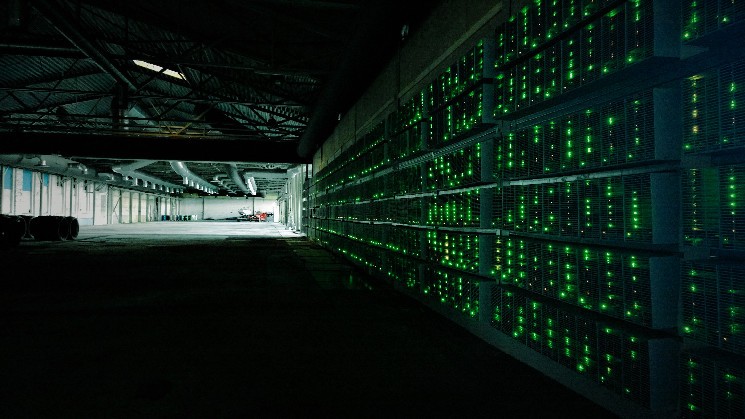
Throughout the summer, CoinDesk traveled to two U.S. states to visit bitcoin (BTC) mines to see how, even in the midst of a crypto winter, miners are still building data centers to power the Bitcoin network.
Bitcoin miners have had a tough few months as the price of the world’s largest cryptocurrency has dropped precipitously. With low bitcoin prices, miners’ revenues have diminished, and some have been forced to sell their mined tokens, machines and even facilities for cash to run their operations.
On top of that, the Biden administration on Sept. 8 dropped a report calling for industry standards to limit cryptocurrencies’ environmental footprint. Should these fail, authorities and legislators in the U.S. should consider measures to limit or eliminate energy-intensive proof-of-work algorithms that bitcoin miners use to drive the Bitcoin network, the report recommended.
Still, bitcoin miners are busy building out more capacity. Visiting these sites shows how the industry in the U.S. is continuously iterating. Mining data centers come in many shapes and sizes, depending on the location and available energy supply. Miners have been at the forefront of trying various innovative permutations of data centers, such as immersion cooling, that are used for other purposes, too.
These buildouts have borne fruit for the network, with computing power steadily growing over the past few months.
Merkle Standard and Bitmain facility in Washington
Near Washington state’s border with Idaho lies a 120-year-old paper mill that has been closed since the start of COVID-19. It is situated close to a river and has its own water treatment facilities, but little other than homes is around its remote location. It’s just about the last place where you’d expect to find a bitcoin mine testing some of the world’s most innovative mining rigs, but there it is.
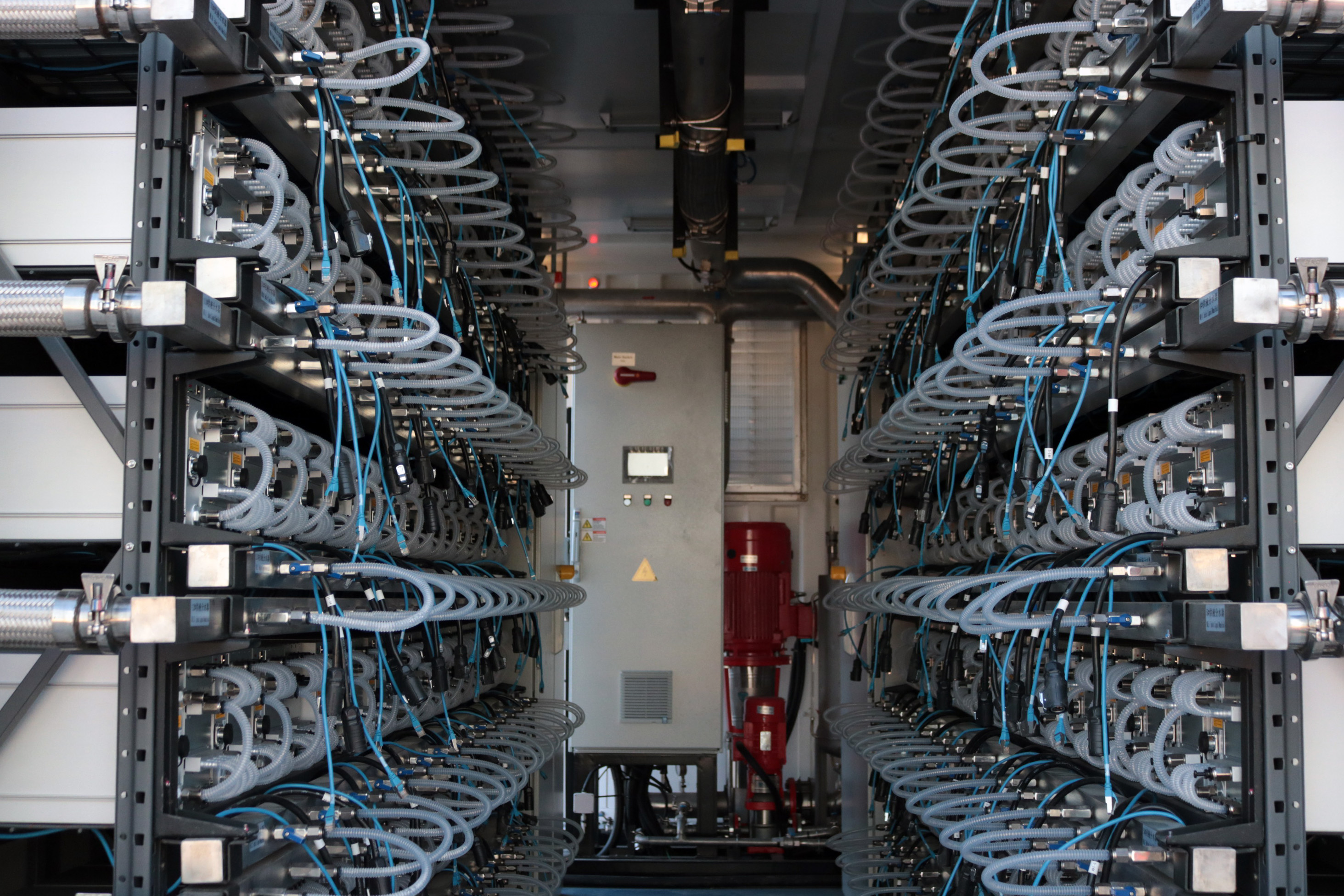
“In my opinion, this is superior technology and more scalable than immersion,” because the chips aren’t sunk into chemical blends, said Stahl.
The site manager also takes pride in the blue collar talent that he inherited from the mill. He is often amazed looking at how the people that run the water treatment plant do things, he said.
Most of the mining, however, takes place outside of the paper mill, in Bitmain’s Antbox mining containers. These are shipping containers that have been repurposed to hosting mining machines. Merkle Standard has preserved the paper mill and plans to reopen it. About 150 people were employed there, he notes.
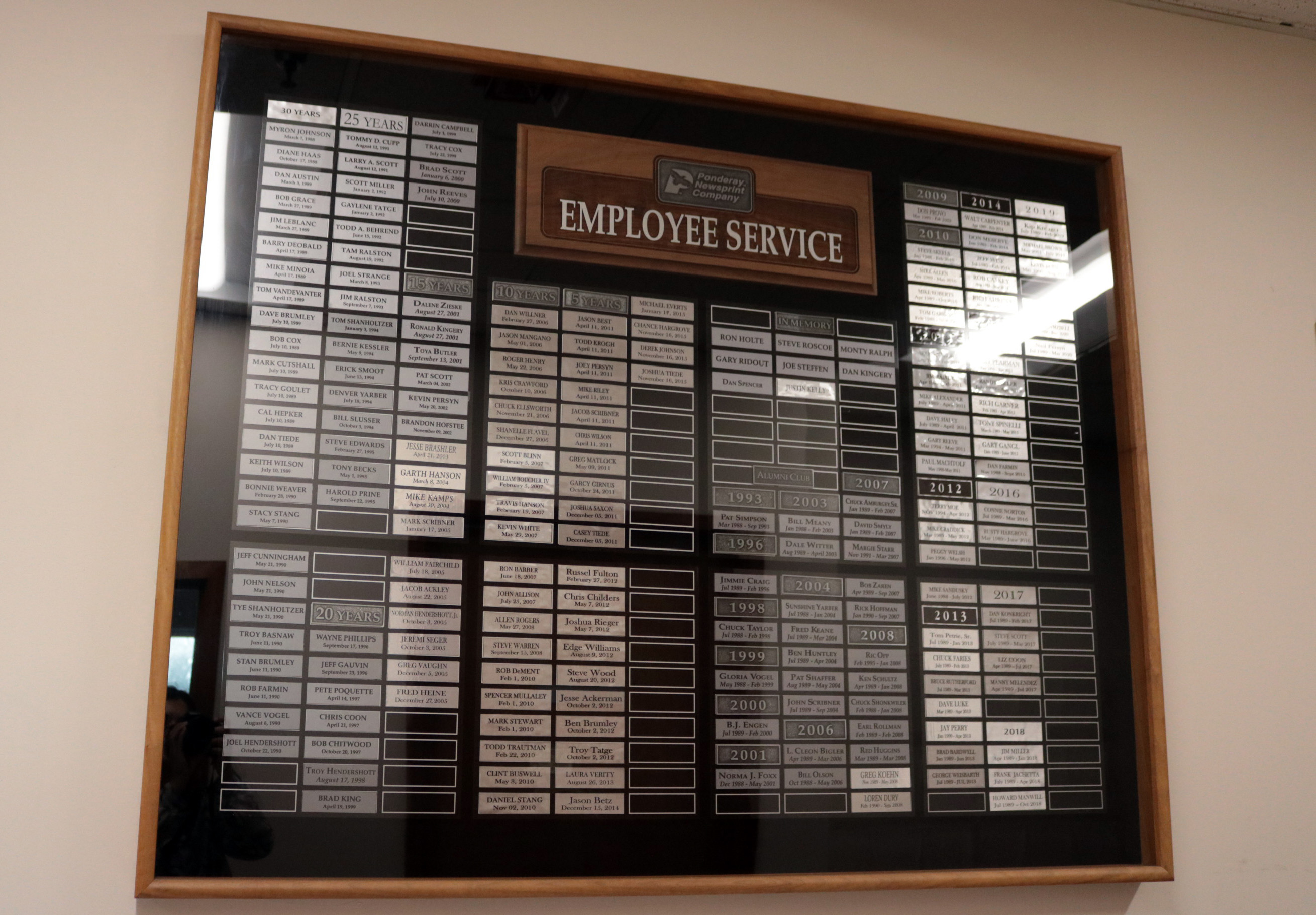
CleanSpark, Atlanta Area, Georgia
CleanSpark (CLSK) was founded in the late 1980s as a software company, only to meander from one business to another; in the middle of the last decade, it was an alternative energy company. Its evolution as a bitcoin miner is apparent across two sites in Georgia.
At College Park, near Atlanta’s Hartsfield airport – the world’s biggest by passenger traffic – is a 47 MW bitcoin mine divided into four parts.
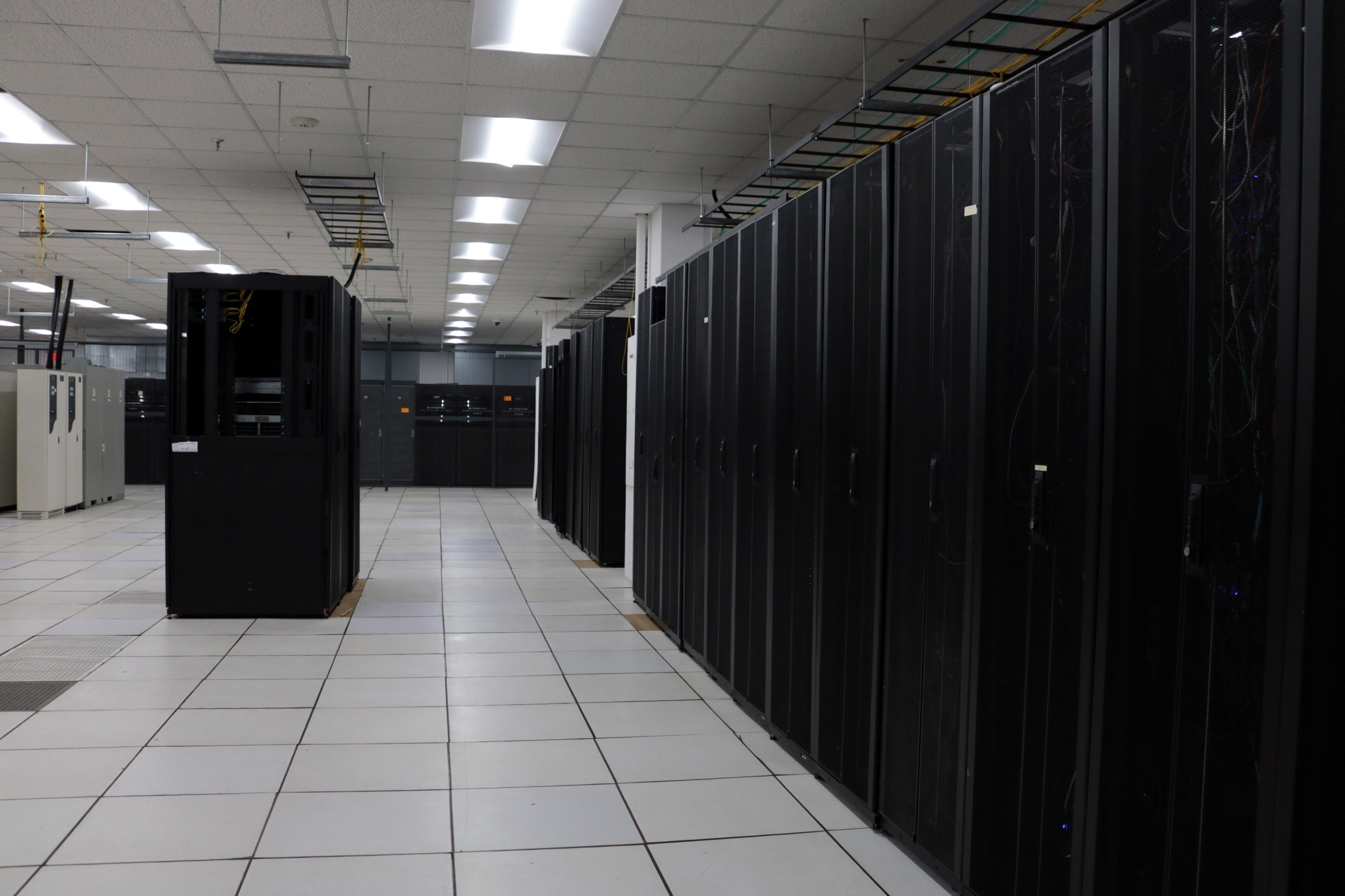
Just next door is another bitcoin mine that uses evaporation cooling. One of the walls of this building is a kind of perforated wet wall the air goes through before coming into the building, its temperature dropping as it goes through the water, which in turn evaporates. On another wall are fans to pull the air into the room. When water evaporates from a surface, the surface’s temperature drops, much like when sweating during a run. The company says it plans on eventually retiring this system for another type of evaporative cooling.
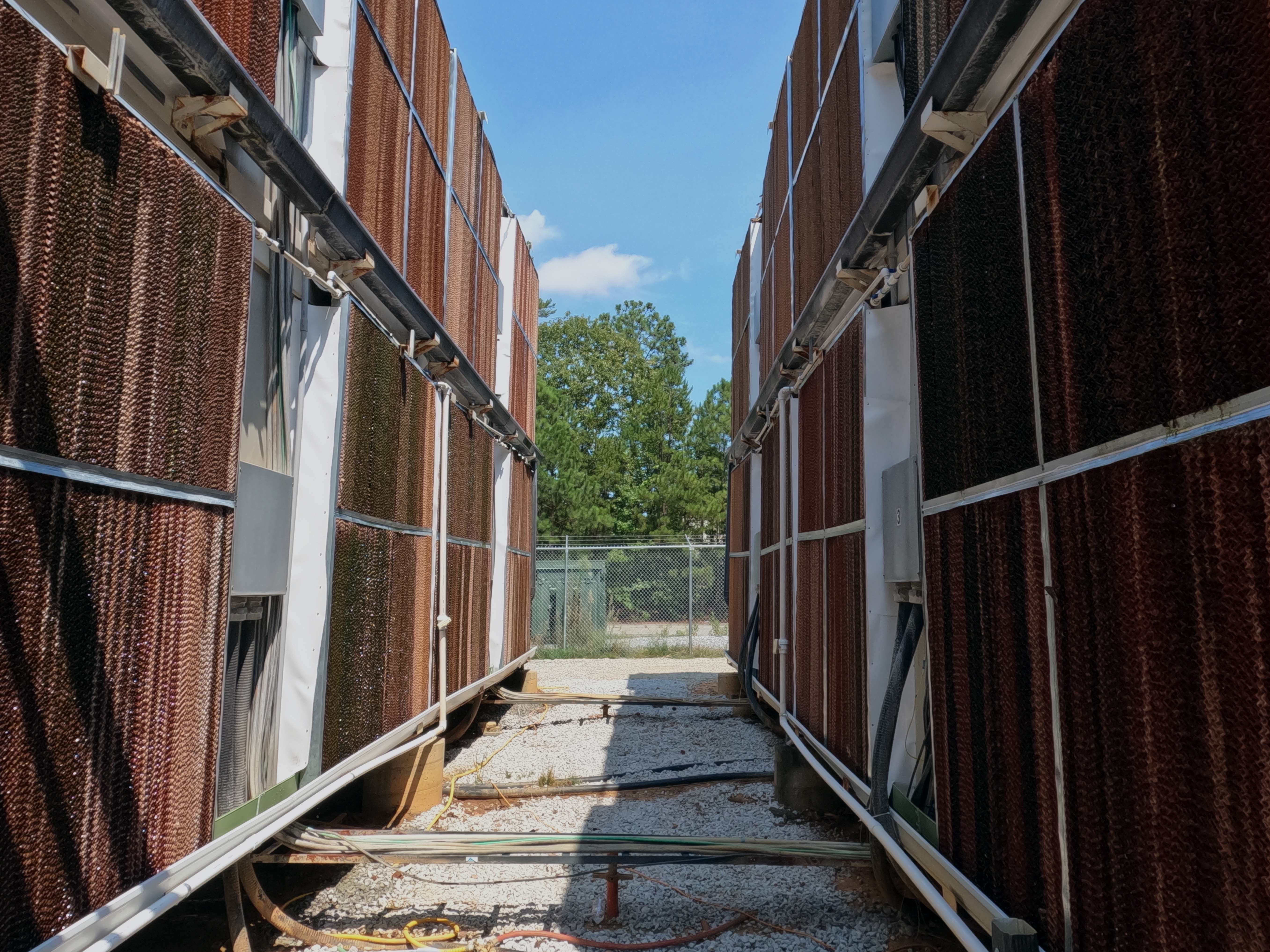
The final part of the College Park facility of which the CleanSpark team is proudest is a set of air-cooled containers running outside a building the company has designed, laid up in two stories. This is the loudest part of the facility, which is why the company built a sound-diminishing wall and planted trees around this building.
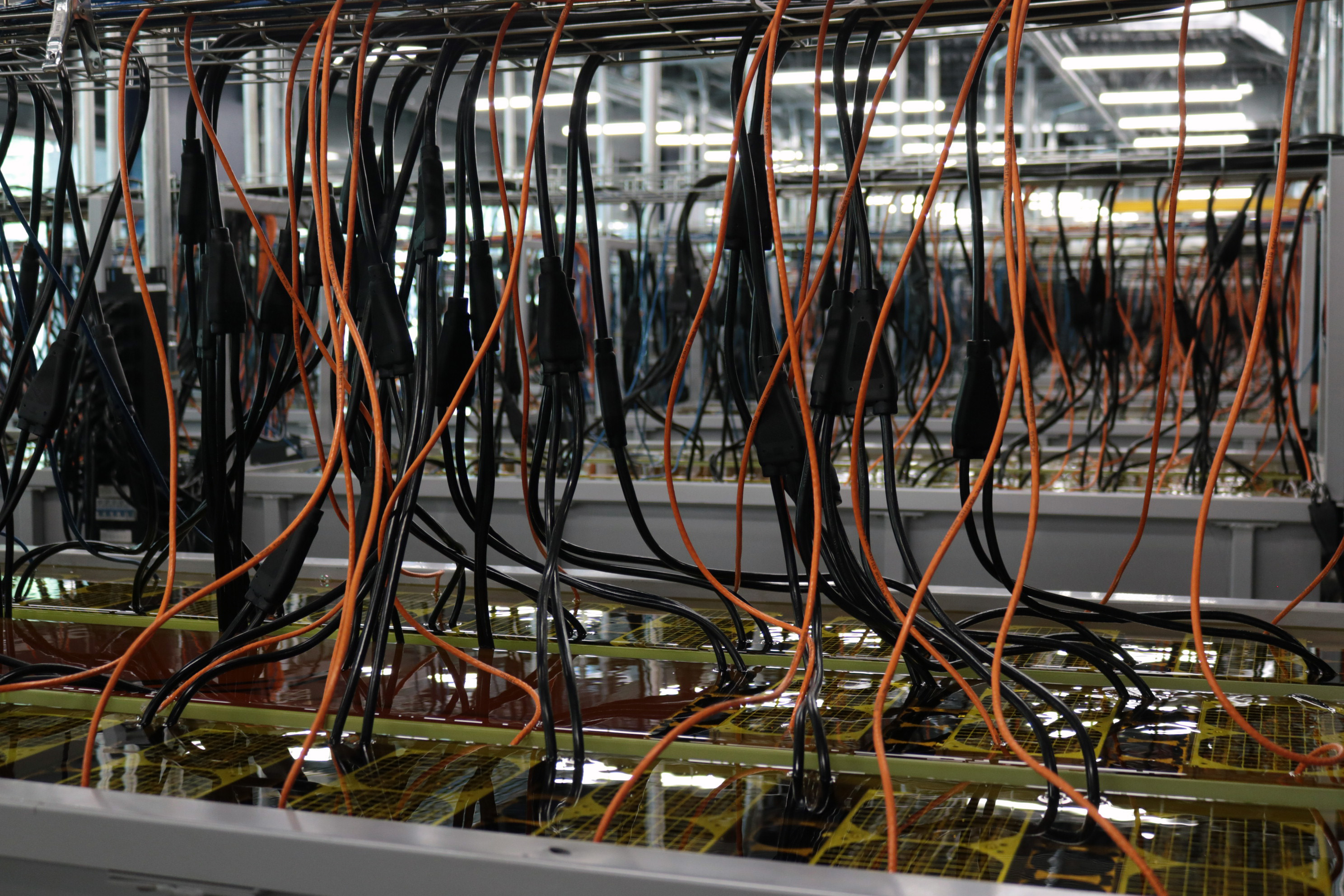
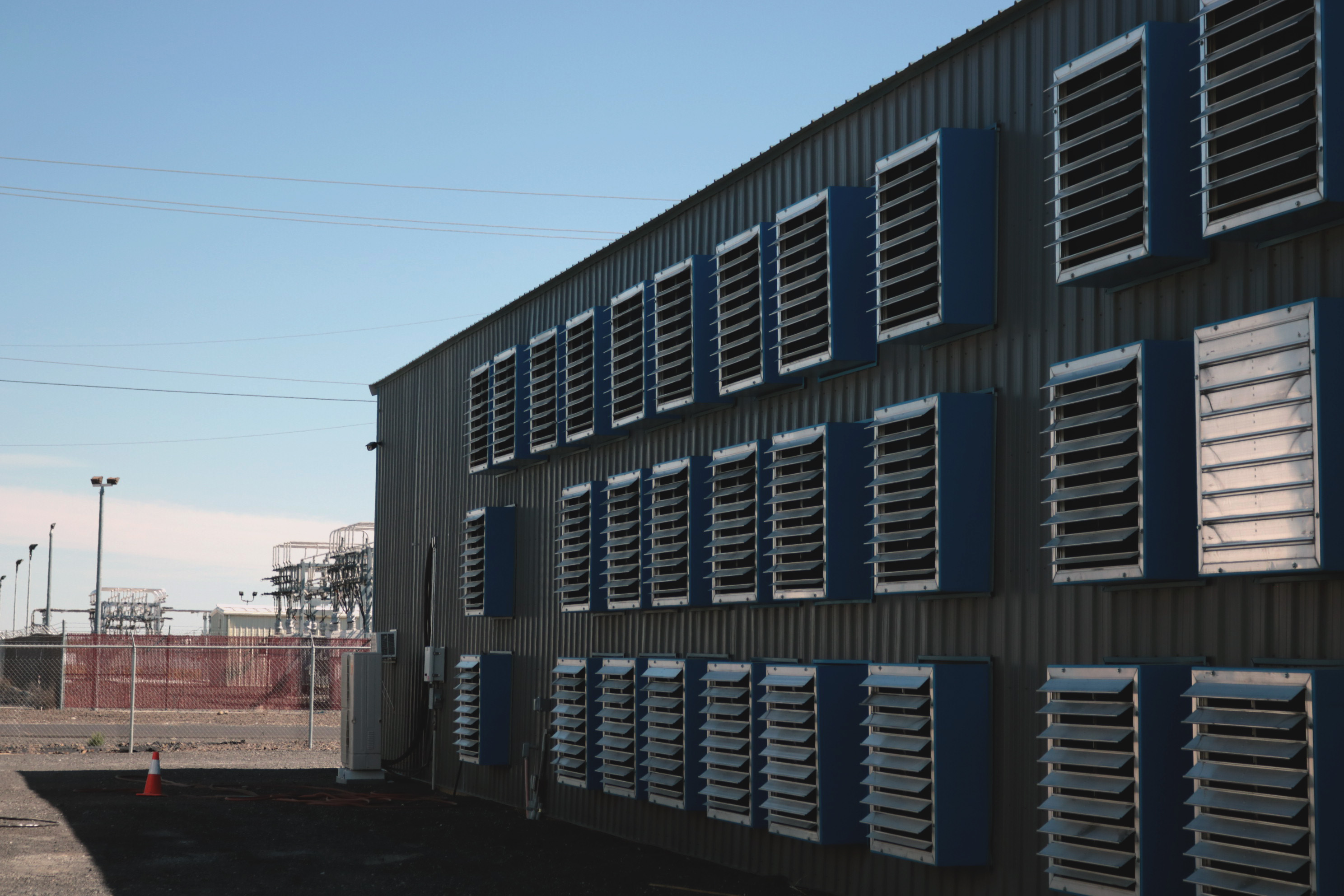
The Canadian mining company bought two sites in November 2021 from an undisclosed party and is working to revamp them to Bitfarms’ standards. The sites are all air-cooled, meaning they use the outside air and sets of fans to keep the temperature low, as temperatures most of the year are cool in this part of the country. One part of the revamp project is to change and organize the cabling of the racks so that the machines aren’t buried behind a web of dusty cables. Another is to install Antminer S19J Pro miners.
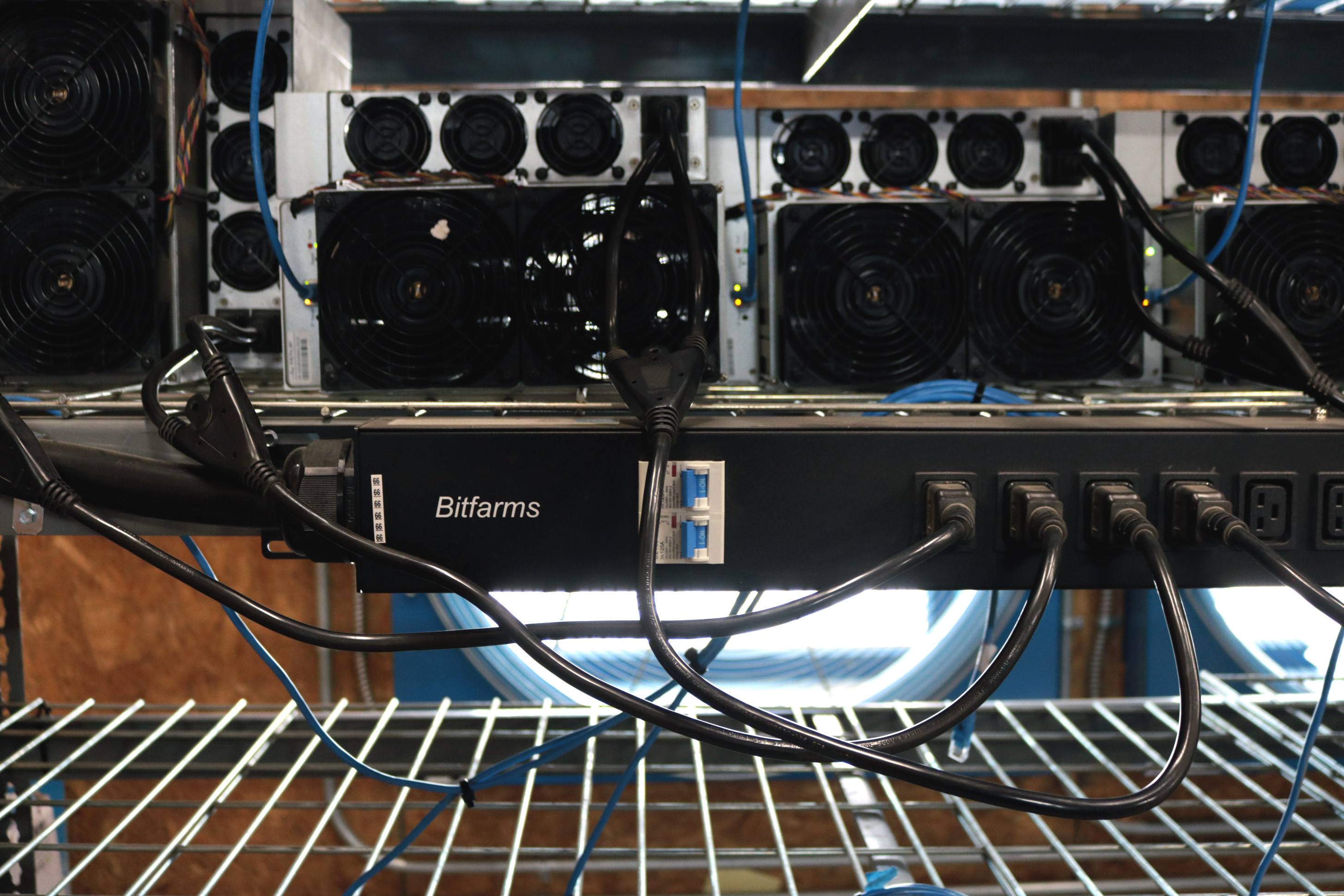
The Bitfarms facilities aren’t the most exciting or innovative of the bunch, but they are nonetheless part of the network of computers that keeps bitcoin going. The sites are also indicative of a trend that has just started amid the crypto winter: consolidation. Smaller operators are increasingly struggling to break even and are forced to liquidate their facilities, opening up the market to well-capitalized firms looking to buy new sites. The mining firm is also expanding across four countries – the other three being Canada, Paraguay, and Argentina – in order to shield itself from geographic risks.
Read more: Bear Market Could See Some Crypto Miners Turning to M&A for Survival
The bitcoin mines on our latest trip show something that is often forgotten: While supporting a decentralized infrastructure revolutionizing finance, these facilities are just huge, noisy data centers that consume a lot of power.
Miners are essentially working on data center design, and the technology going into these facilities, like cooling, wiring and managing the machines, could all be used in data centers beyond crypto.

CleanSpark is experimenting with how many bitcoin mining machines it can put in a single immersion-cooled tank while overclocking them, meaning running them more intensely than the manufacturer’s suggestion. (Eliza Gkritsi/CoinDesk)
As much as the Bitcoin network is in many senses designed to consume a lot of energy, mining firms have a built-in incentive to keep their costs low – or risk falling behind a very competitive market. This pushes them to try out different ways to build and operate data centers; from mining at the edges of the world, like Siberia, to plunging millions of dollars of equipment into mineral oil to keep them cool.
Some miners, like Hive Blockchain and Hut 8, which were not included in this story, are already trying to diversify into other data centers like those processing artificial intelligence and cloud computing.
Perhaps in just a few years, your Google Maps directions or your Yelp reviews could be processed in a data center that was inspired by bitcoin mines.
Read more: Large Ethereum Miners Look to Cloud Computing, AI Ahead of The Merge







 Bitcoin
Bitcoin  Ethereum
Ethereum  Tether
Tether  USDC
USDC  Dogecoin
Dogecoin  Cardano
Cardano  TRON
TRON  Bitcoin Cash
Bitcoin Cash  Chainlink
Chainlink  Polygon
Polygon  Litecoin
Litecoin  LEO Token
LEO Token  Dai
Dai  Hedera
Hedera  Ethereum Classic
Ethereum Classic  Stacks
Stacks  Cronos
Cronos  Stellar
Stellar  Cosmos Hub
Cosmos Hub  OKB
OKB  Maker
Maker  Theta Network
Theta Network  Monero
Monero  Algorand
Algorand  NEO
NEO  Gate
Gate  Tezos
Tezos  KuCoin
KuCoin  Synthetix Network
Synthetix Network  EOS
EOS  IOTA
IOTA  Bitcoin Gold
Bitcoin Gold  Tether Gold
Tether Gold  TrueUSD
TrueUSD  Enjin Coin
Enjin Coin  Zilliqa
Zilliqa  Holo
Holo  Ravencoin
Ravencoin  0x Protocol
0x Protocol  Siacoin
Siacoin  Qtum
Qtum  Basic Attention
Basic Attention  Dash
Dash  Decred
Decred  Zcash
Zcash  Ontology
Ontology  NEM
NEM  Lisk
Lisk  Waves
Waves  DigiByte
DigiByte  Numeraire
Numeraire  Status
Status  Nano
Nano  Hive
Hive  Pax Dollar
Pax Dollar  Steem
Steem  Huobi
Huobi  OMG Network
OMG Network  BUSD
BUSD  Ren
Ren  Bytom
Bytom  Bitcoin Diamond
Bitcoin Diamond  HUSD
HUSD  Kyber Network Crystal Legacy
Kyber Network Crystal Legacy  Energi
Energi  Augur
Augur